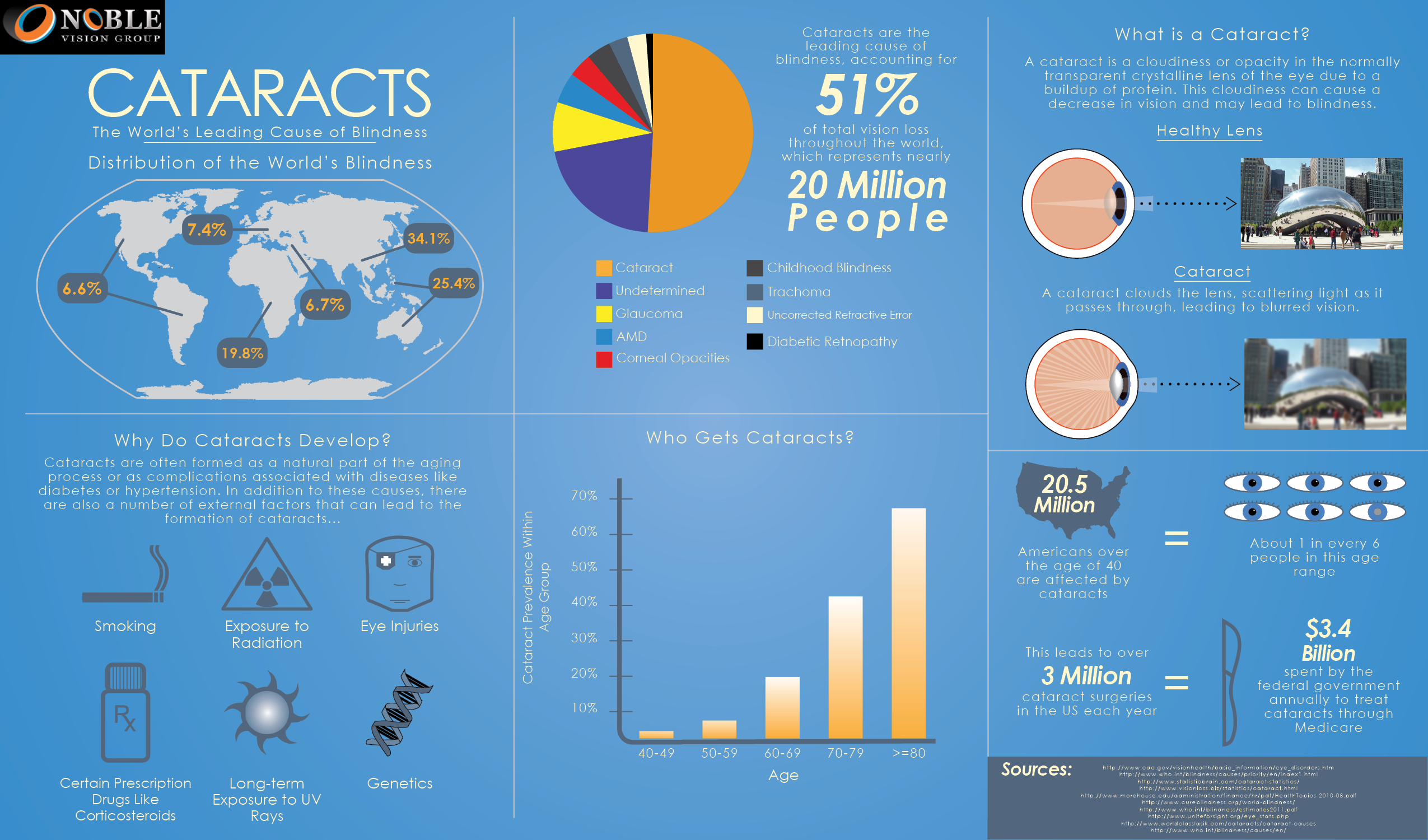Take A Fascinating Voyage Into The Growth Of Cataract Surgical Procedure Techniques That Are Changing The Area Of Eye Wellness
Take A Fascinating Voyage Into The Growth Of Cataract Surgical Procedure Techniques That Are Changing The Area Of Eye Wellness
Blog Article
Post Composed By-Korsgaard Serrano
As you explore the advancement of advanced cataract surgical treatment techniques, you'll witness a trip marked by resourcefulness and precision. From old methods that led the way for modern-day developments to cutting-edge technologies that are reinventing the field, the comprehensive introduction of cataract surgical treatment methods is a testimony to human development and dedication to boosting patient results. The complex interplay in between historic techniques and advanced innovations produces an interesting story that sheds light on the development of among the most typical procedures worldwide.
Historical Methods and Innovations
Explore exactly how very early surgeons transformed cataract therapy by employing cutting-edge methods and tools. In the past, cataract surgical procedure was a risky and painful procedure. However, old Indian doctors were amongst the very first to attempt medical treatments for cataracts, utilizing a technique called 'couching' where a sharp tool was made use of to press the cataract back into the eye. This approach, though crude by today's requirements, prepared for future improvements in cataract surgical procedure.
As time advanced, Arab doctors made substantial payments by developing specialized needles for cataract extraction. These needles were made use of to penetrate the cataract and afterwards extract it from the eye, marking a substantial enhancement in surgical accuracy.
Later on, in the 18th century, the French doctor Jacques Daviel pioneered the method of extracapsular cataract removal, where the entire lens was eliminated undamaged with a larger laceration. This noted a major improvement in cataract surgical procedure techniques, leading the way for the contemporary treatments we make use of today.
Modern Surgical Approaches
Early methods in cataract surgery have actually progressed substantially, resulting in the advancement of modern surgical strategies that focus on precision and enhanced person outcomes. Modern cataract surgical procedure now commonly entails a procedure called phacoemulsification, where an ultrasonic device separate the cataract for elimination through a tiny incision. cataract surgery near or far vision allows for quicker healing and reduces the risk of difficulties compared to older techniques.
Additionally, using advanced intraocular lenses (IOLs) has changed cataract surgery outcomes. These lenses can correct not only the cataract but also various other refractive errors like astigmatism, decreasing the demand for glasses post-surgery.
Surgeons today additionally have accessibility to advanced imaging innovations that aid in accurate preoperative planning and intraoperative decision-making. Optical coherence tomography (OCT) and various other imaging modalities supply in-depth pictures of the eye's structures, enabling an extra individualized method to each person's surgical treatment. With these developments, modern-day cataract surgery methods remain to enhance, offering individuals safer procedures and much better aesthetic outcomes.
Emerging Technologies in Cataract Surgical Treatment
With advancements in modern technology reinventing the field, cataract surgery is witnessing the assimilation of cutting-edge strategies for enhanced person end results. Emerging innovations in cataract surgery are improving the landscape of sensory treatments. One such advancement is femtosecond laser modern technology, which permits exact corneal incisions, capsulotomies, and lens fragmentation, bring about boosted surgical precision and outcomes.
Furthermore, intraoperative aberrometry is getting appeal, making it possible for real-time dimensions of refractive errors during surgical procedure to boost intraocular lens power estimations and reduce postoperative refractive shocks.
In addition, the use of advanced imaging technologies like optical coherence tomography (OCT) and intraoperative wavefront aberrometry help surgeons in precise medical planning and implementation. These devices provide comprehensive physiological information and help tailor medical approaches for each and every individual's unique eye characteristics.
Additionally, growths in artificial intelligence are being explored to assist in preoperative preparation, intraoperative decision-making, and postoperative care, potentially optimizing medical outcomes and client fulfillment. Accepting these arising modern technologies in cataract surgery holds promise for more enhancing individual end results and guaranteeing the continued development of sensory surgical techniques.
Conclusion
As you trip via the background of cataract surgical procedure, you witness the change from old techniques to sophisticated innovations. Like a phoenix az climbing from the ashes, cataract surgical procedure has evolved into a sign of hope and development.
Equally as cataract surgery assistance emerges from its cocoon as a stunning butterfly, cataract surgery has actually developed right into a polished art form, offering people clearer vision and a brighter future.
The development proceeds, radiating a light on countless possibilities.
